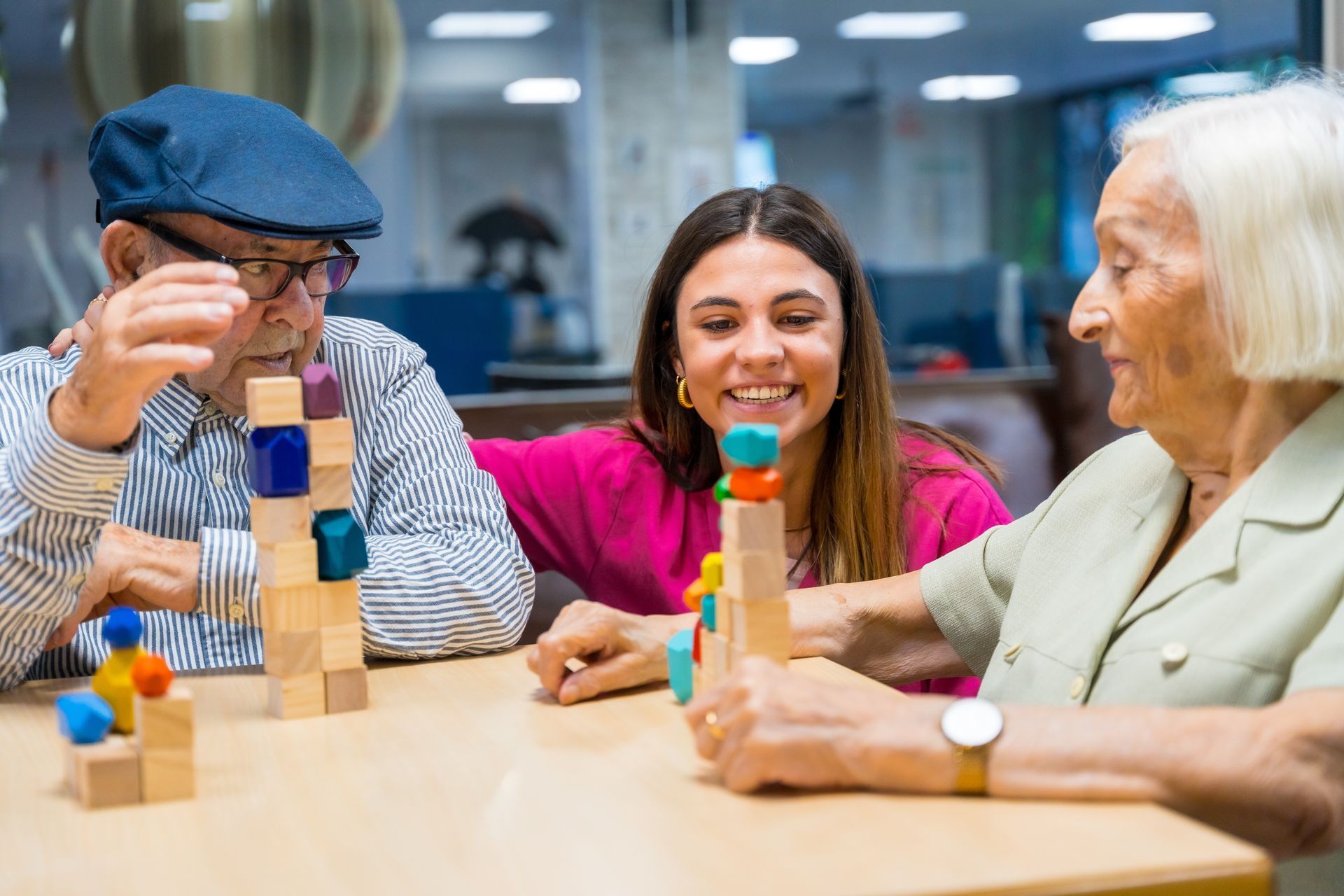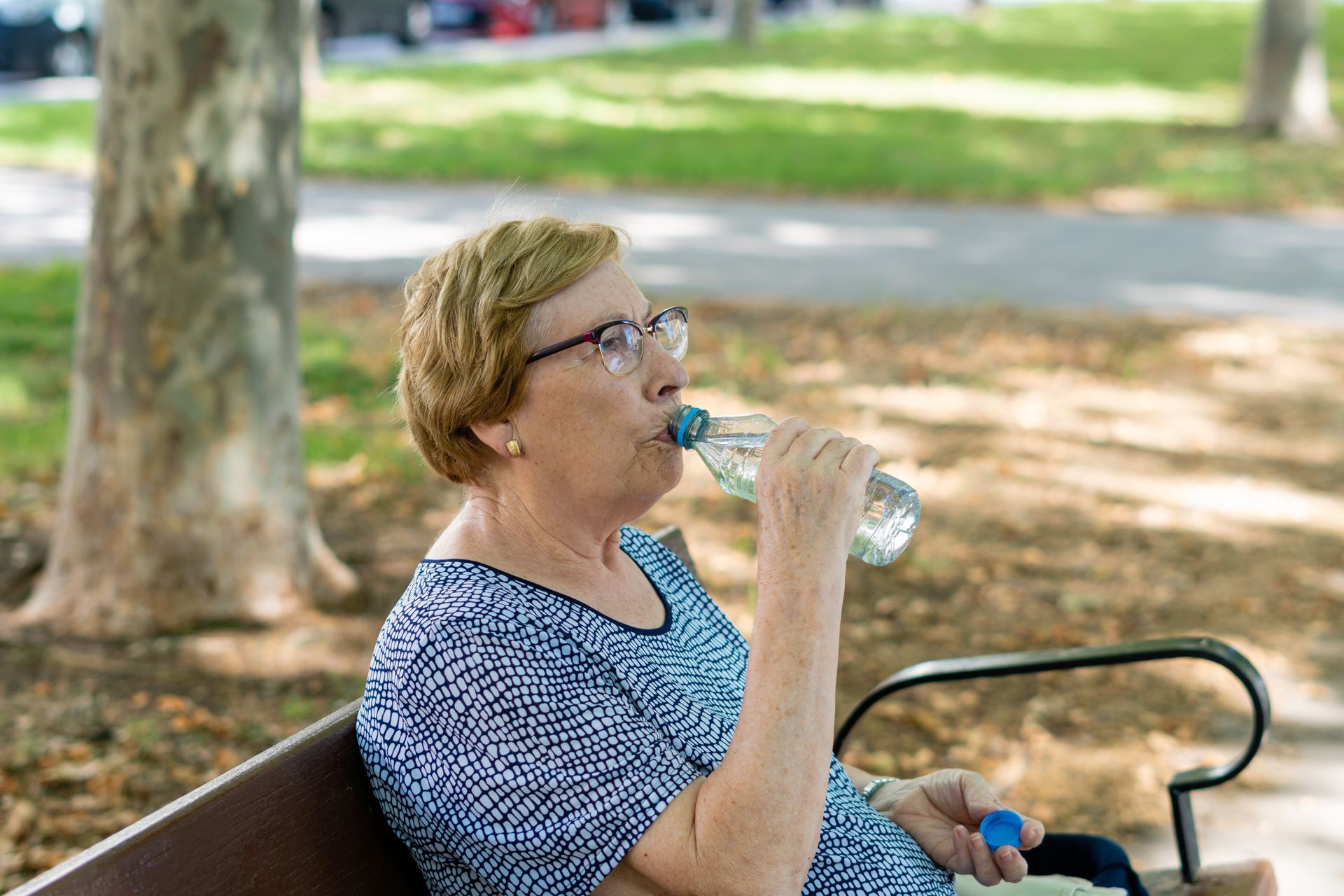BLOG
Thinking of Moving Closer to Your Aging Parents? Here Are 4 Things to Consider.
Should I Move Closer to My Aging Parents?
As your parents get older, physical, and mental capabilities noticeably decline. Forgetting where the car keys went doesn’t necessarily mean someone is in need of greater assistance, because we’ve all done that. However, when daily tasks become a constant struggle, it may be time to consider moving closer to support your parents or finding support for them. Below are some ways you can help your aging parents by moving closer to them.
Combat Elder Loneliness
Even if your parents are not currently in need of daily support, loneliness is a serious issue among many elders. An article published by the CDC outlines the health risks of loneliness with some staggering statistics. 25% of people over the age of 65 are socially isolated, and social isolation is associated with approximately a 50% increased risk of dementia. Depending on how isolated your parents are, being geographically close to them will help fend off the loneliness if you are able to frequently spend time together.
If you still have younger kids, your parents would love to be able to spend more time with their grandchildren. Plus, living close together makes holiday get togethers much easier and will eliminate any fears you might have of them driving long distances. If for whatever reason you can’t physically be there, whether that be because of COVID or otherwise, you can always Facetime or Zoom family during holidays. It’s not the same as being in person, but it can at least help with their loneliness.
Assist Around the House
If your parents have an injury or other physical ailments, there are many ways you can offer to help around the house. You might be able to help them by lifting any heavy objects, moving furniture, or bringing things down staircases. Make sure everyday use items are in easy to reach places to prevent any unnecessary accidents.
According to the CDC, one out of every five falls causes injuries such as broken bones or damage to the head. Stairs and slippery surfaces are common causes of these accidents. Make sure railings are secure and that carpeting covers any slippery surfaces to help prevent injury. These types of preventative measures are tasks that you could take care of by visiting your parents a couple of times, however, if they require daily care you’ll want to
look into options for daily at-home care. Most of the time, seniors do not want to leave their homes, so at-home care is a great way to help them retain their independence while getting the assistance they need.
Decide if You Can Afford a Move Right Now
Moving closer to your parents might be a big decision depending on how far away they are. Current housing market conditions might make moving a much more difficult process, so you’ll have to ask yourself, “what house can I afford?” House prices have been pushed upwards significantly, which could work in your favor if you’re planning to move in with an aging parent. However, if you have a family and kids you’ll want to carefully consider what works best for your family financially. You’ll also want to consider your employment options. Luckily, many employers currently have the option for remote work, so you may be able to make a move without interfering with your current position. If your current role does not offer this, you may have to find remote employment or a new job in the area near your parents.
At the end of the day, you’ll have to make some compromises between where you want to live, your job opportunities, and uprooting your current lifestyle. For those reasons, picking up and moving to support your parents isn’t possible for everyone. If you’re certain your parents need daily help, you might want to have a conversation about assisted living facilities.
Find an Assisted Living Facility
Assisted living facilities provide care at all levels. Facilities like
Assured Senior Living provide memory care, home care, or complete 24-hour care as a resident at one of the facilities. This is a great option, especially if you are unable to move closer to your parents. You’ll be comforted knowing that they have constant support, and if anything happens there will be someone there to help. You can still stay in touch and visit them for special occasions, but you won’t have the conflict of moving your family or switching jobs.
Having the talk about long-term care might be difficult to have, but is necessary if life circumstances prevent you from being able to provide daily care yourself.














